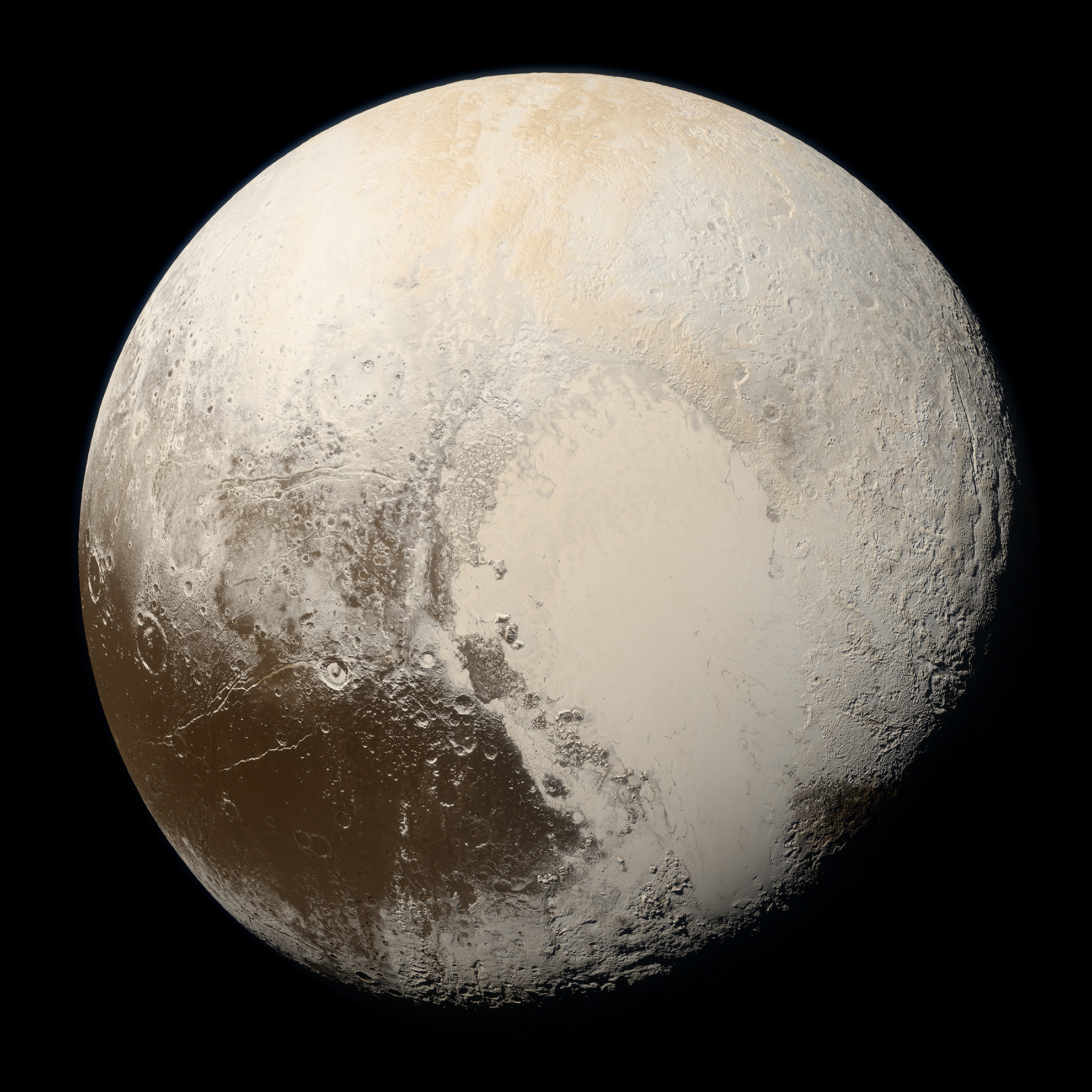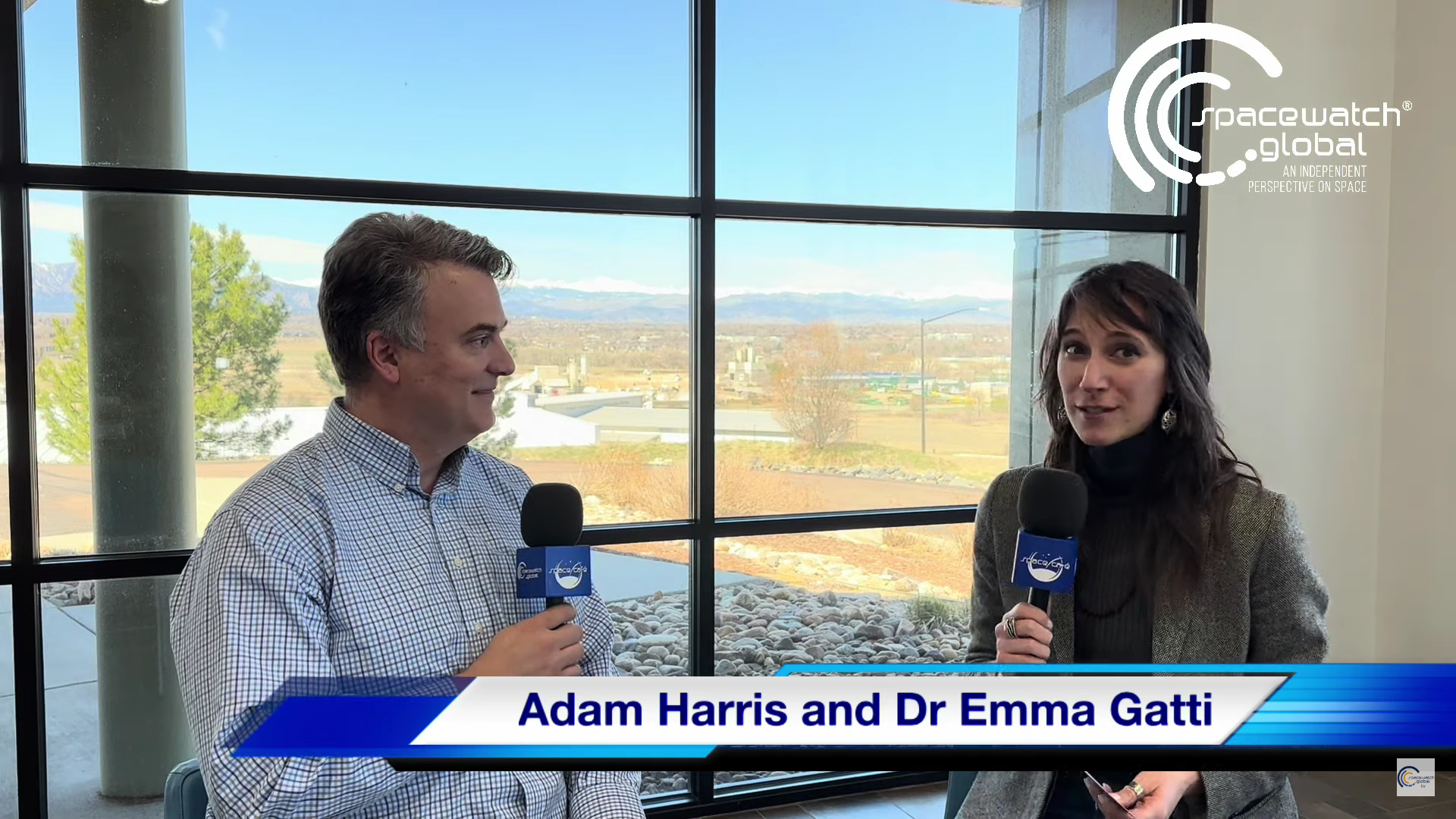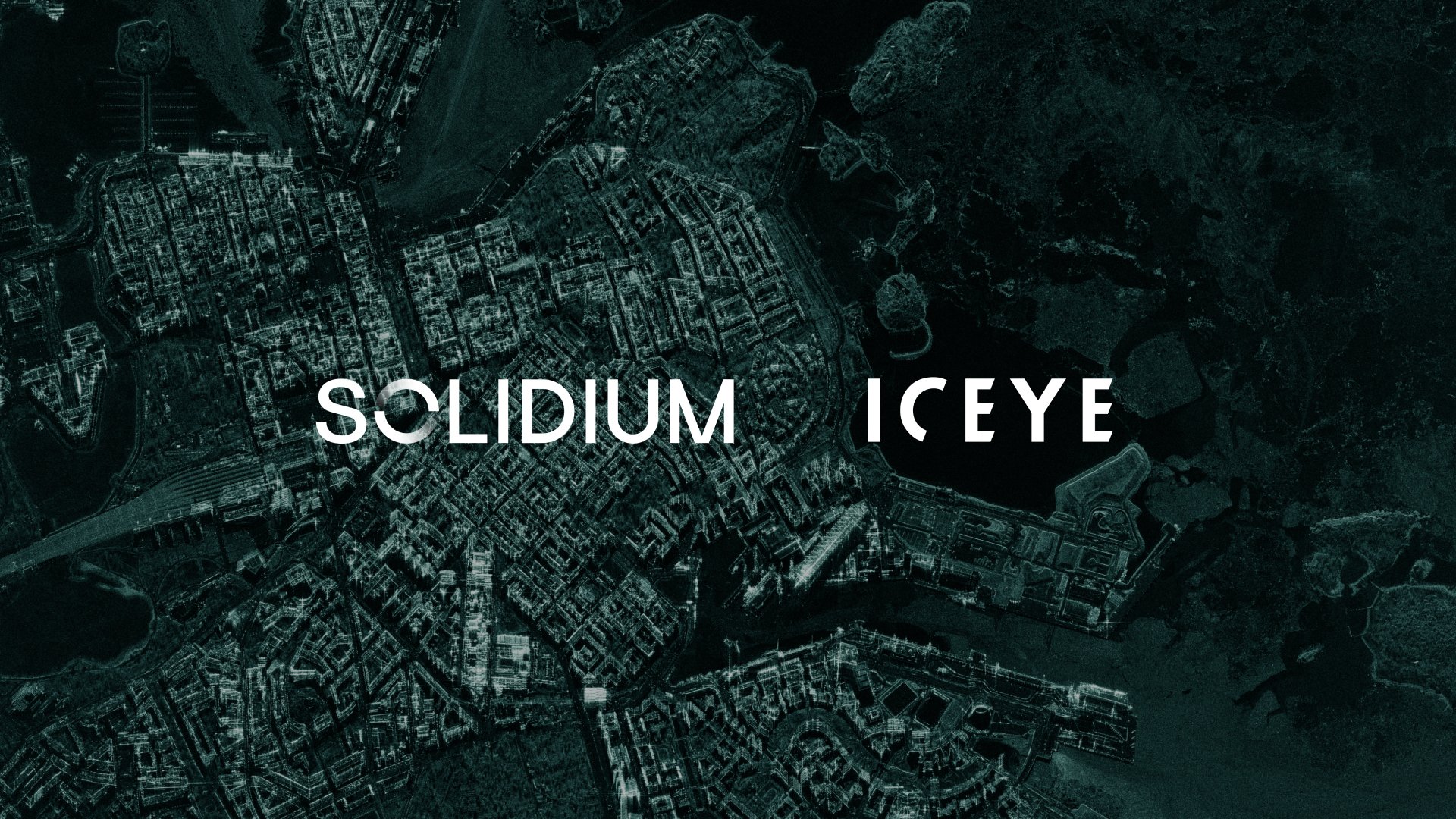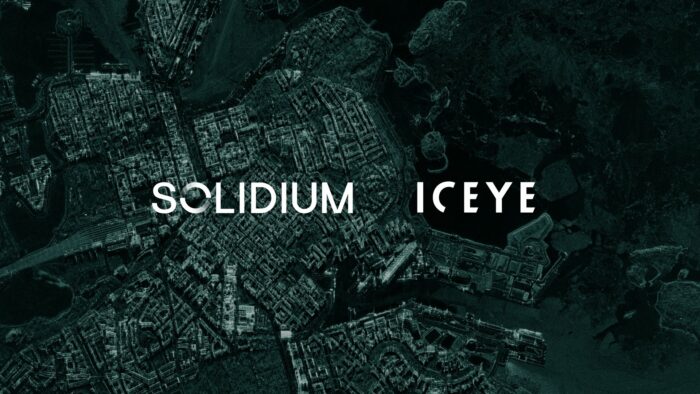Earlier this month, the European Space Agency’s (ESA) CHaracterising ExOPlanet Satellite (Cheops) mission has observed a dense ring of material around dwarf planet Quaoar. The discovery is quite exciting as it either means that our current understanding of physics is flawed when it comes to ring systems and moons, or that we are witnessing the birth of a new moon. What is a dwarf planet though? How is it different from a planet and why are these differences so important that these celestial objects needed another name?
Poor Pluto
Pluto, about twice the size of Quaoar, was disqualified as a planet in 2006, when the International Astronomical Union (IAU) approved the definition of the word ‘planet’:
“A ‘planet’ is a celestial body that (a) is in orbit around the Sun, (b) has sufficient mass for its self-gravity to overcome rigid body forces so that it assumes a hydrostatic equilibrium (nearly round) shape, and (c) has cleared the neighbourhood around its orbit.”
In contrast, ‘dwarf planets’ were defined by the IAU as follows:
“A ‘dwarf planet’ is a celestial body that (a) is in orbit around the Sun, (b) has sufficient mass for its self-gravity to overcome rigid body forces so that it assumes a hydrostatic equilibrium (nearly round) shape, (c) has not cleared the neighbourhood around its orbit, and (d) is not a satellite.”
Despite Pluto being classified as a planet ever since its discovery, the discovery of Pluto-sized Kuiper Belt (the region of our solar system beyond Neptune’s orbit) objects got scientists questioning if all those other objects should be regarded as planets and if not, how justifiable it was to keep calling Pluto one.
In addition, although Pluto has a mass sufficient for its gravity to pull the body’s shape into hydrostatic equilibrium, it has not cleared its orbit of other objects. Pluto actually crosses the orbit of Neptune, a much larger celestial body that has cleared its neighbourhood of all comparable bodies. Pluto, therefore, is now classified as a dwarf planet along with the largest asteroid, Ceres, which is the only dwarf planet outside of the Kuiper Belt.
Not Alone
Pluto may not be one of the solar system’s planets anymore but it is certainly not alone. The dwarf planet discovered in 1930 has five moons: Nix, Styx, Hydra, Kerberos, and the largest, Charon. The latter is about half the size of Pluto, forming a binary system with it. The bodies orbit each other at an average distance of 19,400 km in a synchronous tidal locking manner.
Pluto also has a rival, Eris, a body with a radius 20 km smaller, but with 28% more mass than Pluto. Several other Kuiper Belt objects are similar in size or mass to Pluto and many of them have moons as well.
Ceres and Eris
The largest, 913-kilometer-diameter main belt (the region between the orbits of Mars and Jupiter) asteroid, Ceres, was reclassified as a dwarf planet in 2006 as it is much bigger and different from its neighbour asteroids. Ceres comprises 25% of the asteroid belt’s total mass.
One of the largest known dwarf planets is Eris, a Scattered Disc Kuiper Belt object, which also has a small moon, Dysnomia. There are of course more dwarf planets and potentially many more waiting to be discovered.
For comparison, we compiled the data about these three dwarf planets and the planet Neptune into a table:

It is clear that the difference between a planet and a dwarf planet is primarily based on the third criterion of the IAU’s definition of a planet, stating that a planet must have cleared its orbit of other objects. After all the evidence brought to you in this article, have we convinced you that Pluto does not belong among the solar system’s planets?
Featured image: True colors of Pluto. Credit: NASA / Johns Hopkins University Applied Physics Laboratory / Southwest Research Institute / Alex Parker
If you found this article to be informative, you can explore more current space news, exclusives, interviews and podcasts here.
Share this article:








